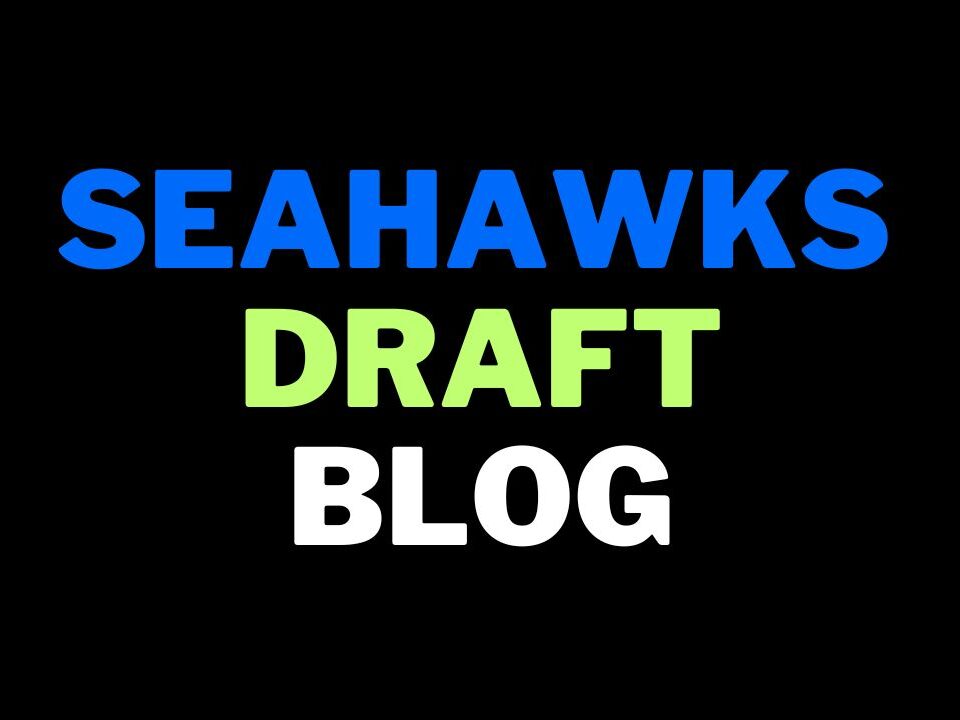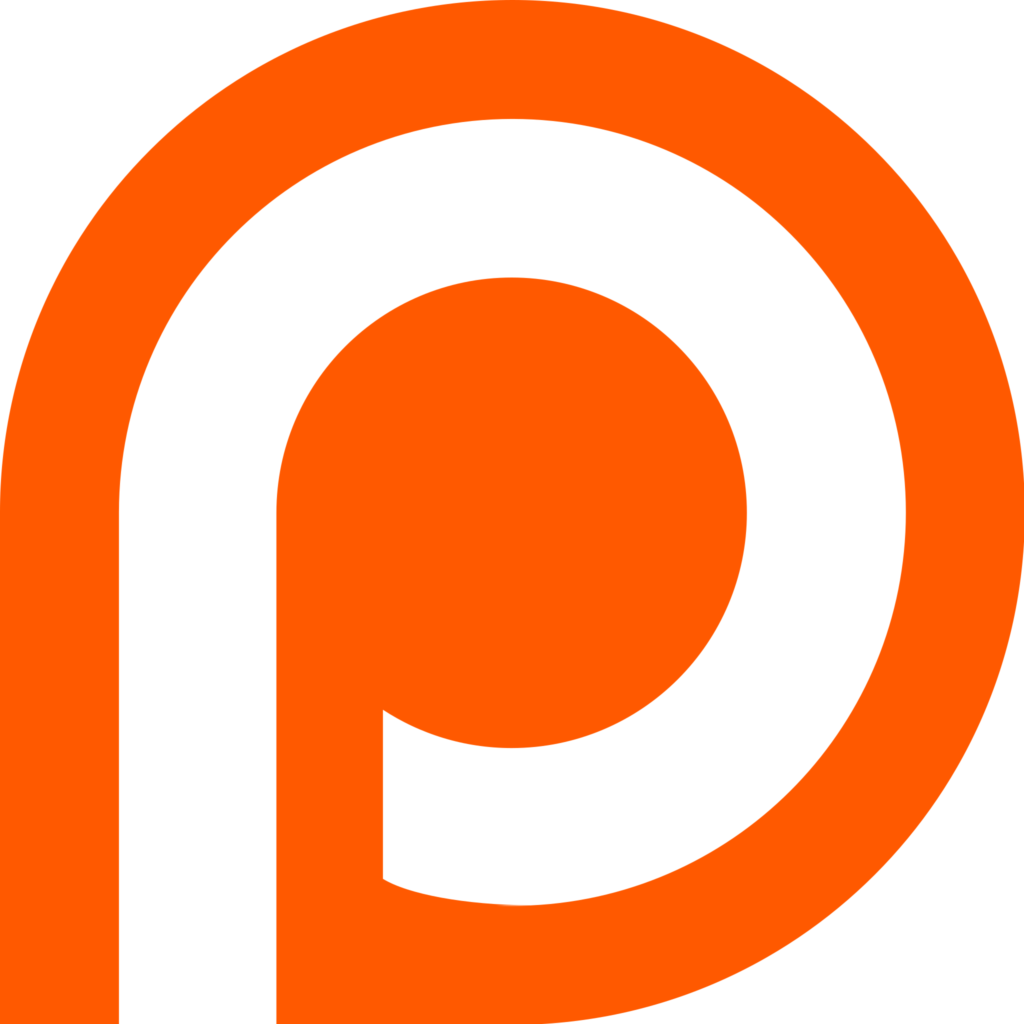This is a classic Seahawks move.
They do their best work hunting for trade value. Jadeveon Clowney for a third rounder and two fringe players, Quandre Diggs for a fifth.
The original golden deals were adding Chris Clemons for a ham sandwich and dealing day three stock for Marshawn Lynch.
Trades like this help build a winning football team. Players with a point to prove, at a good age, discarded by other clubs and with talent that can be harnessed.
You build a foundation through the draft and supplement your core with trades and key free agent additions.
Dunbar is 27 (he turns 28 in July). He ran a 4.44 at Florida’s pro-day in 2015. He’s 6-2 and 202lbs.
The Seahawks badly needed an addition like this. The options in the draft are paper thin. There are barely any cornerbacks with +32 inch arms (their benchmark) and there aren’t any obvious safety converts either.
They weren’t going to be able to draft and develop a fifth round corner prospect from this class. Yet they seriously needed competition at the position.
Dunbar provides that.
This doesn’t mean the end of Tre Flowers. They needed a choice and some options. They couldn’t go into the next season with Shaquill Griffin and Flowers as unchallenged starters again. Now there’s a third legit name to throw into the mix.
So how good is Dunbar?
PFF ranked him #2 for cornerbacks in 2019, second only to Richard Sherman. He had four interceptions last season.
None of this guarantees he’ll be a top five corner for the Seahawks but at least they’re adding a player with pedigree. Now he’ll have to adapt to Seattle’s scheme. That has been a challenge for some veteran cornerbacks in the past.
Even so, this is a positive move. They had to do something for the defense.
I didn’t anticipate them being this restrained at the start of free agency. The pass rush was a glaring need. The defense in general needed a significant injection of talent.
I feel obliged to remind people of the stats:
The Seahawks finished the 2019 season with 28 sacks, second fewest in the league behind only Miami (23). Their sack percentage was 4.5% — third worst overall.
They had only 126 pressures, sixth fewest in the league behind Detroit (125), Oakland (117), Houston (117), Atlanta (115) and Miami (96). Seattle’s pressure percentage was the fourth worst in the league (19.3%) behind Detroit (18.9%), Houston (18.1%) and Miami (16.7%).
Seattle hit the quarterback 68 times — fourth fewest. They had 52 TFL’s — again, fourth fewest.
They gave up 55 explosive running plays on defense, seventh most in the NFL. Yet their explosive run play percentage (14%) was the third worst overall behind only Carolina (16%) and Cleveland (15%).
They also gave up 4.9 YPC — fourth most overall.
The other startling statistic is the sheer number of missed tackles. They had 131 during the regular season — the fourth most.
Two things seemed obvious to me.
Firstly — they had draft picks and cap flexibility that they’ve not had for many years. There were no restrictions on their ability to be pro-active. It was more a question of what they were going to do, not if they were going to do anything.
Secondly — the draft and free agency were aligned perfectly. They could be somewhat aggressive in the veteran market to acquire defensive talent. The draft was stacked at receiver, running back and the offensive line.
I won’t go over old ground too much. The need to upgrade the defense was paramount. Seattle has a top-five offense per DVOA. They have an outstanding quarterback, weapons and a left tackle. You can win a lot of games with those pieces.
The inability to create pressure, complete tackles and defend the perimeter run is pretty much the only thing that cost them a serious tilt at the Super Bowl. They won eleven games. They were an inch away from wining twice against San Francisco and claiming the NFC West.
Yet being as successful as they were in 2019, relatively speaking, shouldn’t mask how poor the defensive performance was. It’s so bad that for stretches last season — even when they were winning — it was hard to take Seattle seriously as a true contender.
With the greatest respect to Bruce Irvin, who we all like, Dunbar is the first splash.
Now it’s time to (finally) fix the pass rush.
Retaining Clowney merely maintains the status quo. Swapping Ziggy Ansah for Irvin isn’t enough. It’s still very possible they’ll lose Clowney. You could end up with Everson Griffen and Irvin — two players who both turn 33 this year — propped up by draft picks from a poor D-line class or low level free agents.
That would be concerning.
The stalemate with Clowney doesn’t seem to be any closer to being resolved. It needs to be — as soon as possible. They’ve been hamstrung by it for too long. The only update today is that Miami offered him $17m a year when the market opened and he said no. According to the local Seattle media, the Seahawks have been willing to go to $18.5m.
Clowney should only be the first domino though. Pairing him with Griffen and Irvin would be an improvement if hardly an answer to San Francisco’s fearsome defensive front.
They also need to add a defensive tackle at some point given Al Woods, a 2019 starter, is a free agent.
I’ve been studying the 2020 draft class again this week with the Clowney saga dragging on. I’ve re-watched all the Senior Bowl practises and the game plus various other games saved on my system.
The best way to describe the class is every player lacks something.
Take Utah’s Bradlee Anae for example. His pass rush repertoire, hand-use and technique is about as good as you’ll see from a college rusher. He’s clearly worked at his craft and benefited from all the games he played for Utah.
He’s also a 4.93 runner at 257lbs and has 32 1/8 inch arms.
How can you invest faith in a pass rusher who is that limited athletically and physically? You want to buy into him. The grit, the attitude, the relentless motor, the production, the technique.
Yet how is his physical profile going to go up against a guy like Lane Johnson? He runs as well as an offensive or defensive tackle. His short shuttle is 4.43 — that’s similar to Jaye Howard’s back in the day.
Then you look at Jabari Zuniga. He’s a Rolls Royce 35% of the time. He glides off the edge and can win with pure speed and fluidity. His physique is like a Roman statue. He ran a 1.61 10-yard split, is one of the most explosive testers to enter the league in the last decade and he has major upside.
Then you watch the tape and he’s on and off like a hot tap. You see a big flash on one down and then you’ll see nothing for five snaps. Clearly he has major physical talent. Yet at the Senior Bowl he was engulfed a couple of times in 1v1’s and ended up on the deck.
If you put Anae and Zuniga together you’d have a great pass rusher. Apart? You run the risk of disappointment.
That runs right through the class.
It illustrates why they’ve got to come up with some veteran answers pronto.
The addition of Dunbar is still a step in the right direction though.
You can now support Seahawks Draft Blog via Patreon by clicking the tab below.
Become a Patron!




